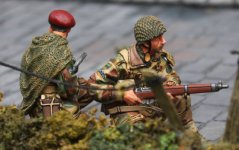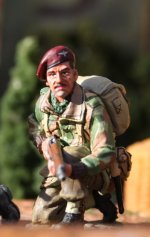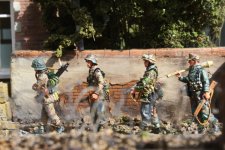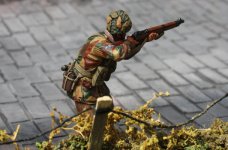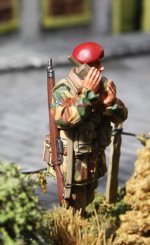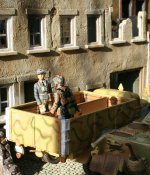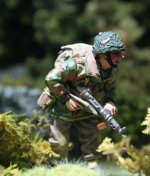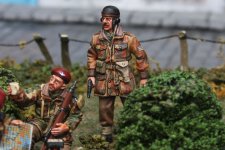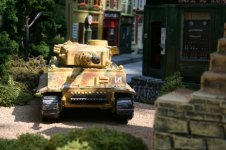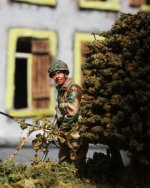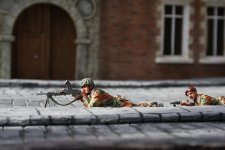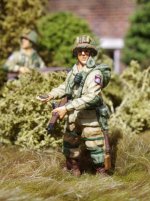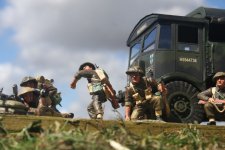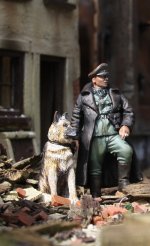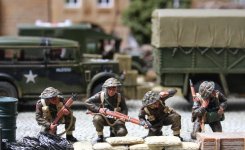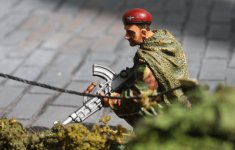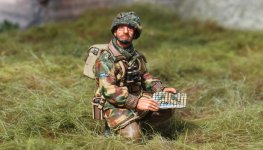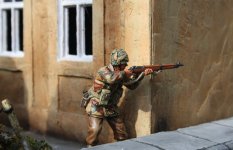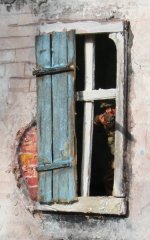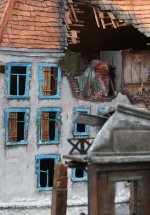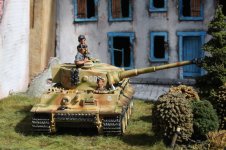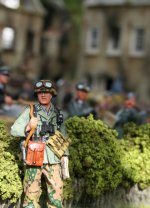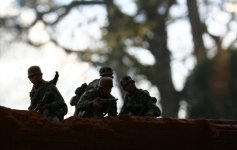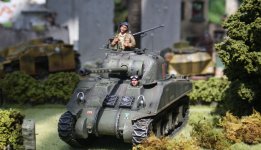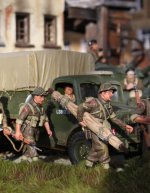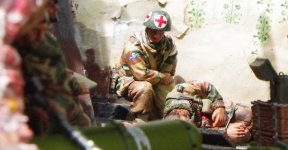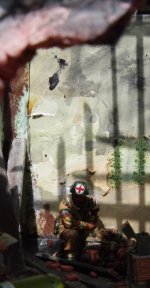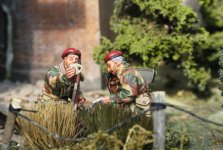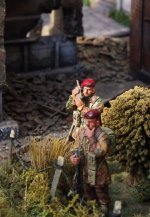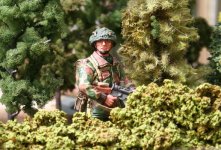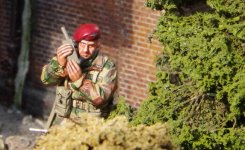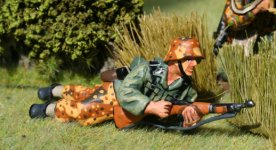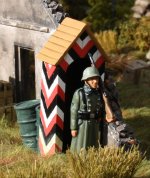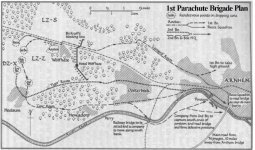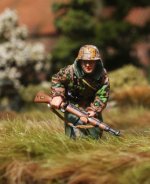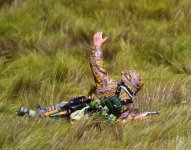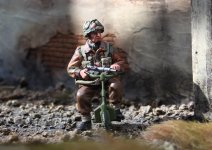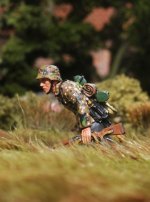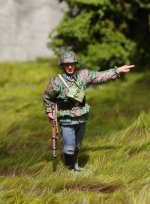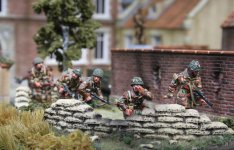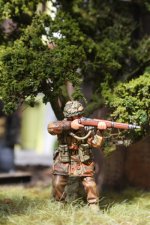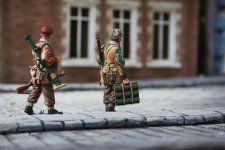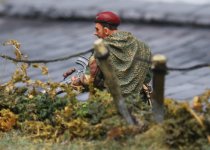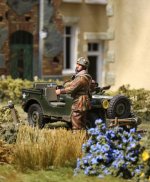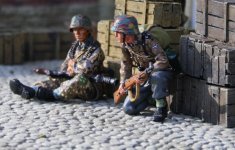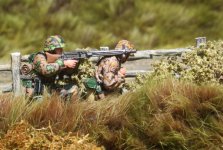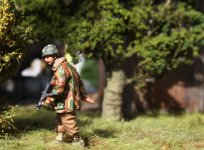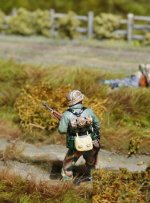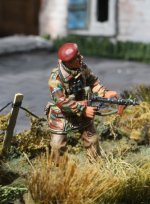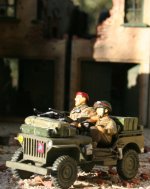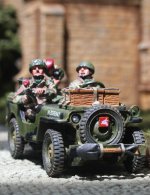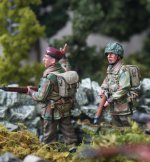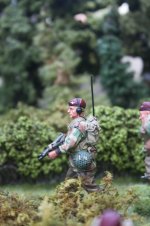Question for the Forum
From the research I have tried to do and the photos I have seen I am not sure - were all of 1st Airborne Division given paratrooper uniforms (Denison smock etc) or were some in normal battledress, if so who?
Hello panda1gen,
Have refrained from responding to your question regarding the extent Denison smocks were issued/worn compared to normal battledress during Operation Market-Garden, waiting for more learned expert replies. Having waited for several days without any comments, thought I would offer the following buttssment. Right up front may I say emphatically that I do not know percentages let alone actual numbers. However, like yourself, having studied the battle for at least five decades, would like to advance these observations.
These are based on photographs from a thorough review of the definitive two volume set of the After the Battle
Operation Market-Garden Then and Now, Karel Margry, Editor, Battle of Britain, International Ltd., London, 2002, ISBN 1 870067 39 8, as well as my own developed annotated order of battle;
https://arnhemjim.blogspot.com/2017/07/a-detailed-and-annotated-order-of.html
MGen R.E. Urquhart in all known photographs is wearing battledress without a Denison smock.
Conversely I would think all personnel in both the parachute and airlanding battalions, other than support element troops would initially be wearing Denisons, i.e. 1[SUP]st[/SUP] and 4[SUP]th[/SUP] Parachute Brigades and 1[SUP]st[/SUP] Airlanding Brigade.
I think the vast majority of all ranks of personnel of the Glider Pilot Regiment, specifically due to their dual trained role as pilots and combat infantry would initially be wearing Denisons.
Although most photographs show personnel of the 1[SUP]st[/SUP] Light Regiment, Royal Artillery in Denisons, even during the course of the battle, there is a higher probability that in their initial disposition, as well as within in the subsequent Oosterbeek perimeter, they may have been in battledress, if not shirt sleeve order (from photos).
Tractor drivers for the 17 pdr Anti-tank guns are shown in film to be in shirt sleeve order.
There is a higher probability that divisional headquarters at the Hotel Hartenstein would have been in battledress.
There is a high probability that all personnel of the three Field Ambulances, surgeons as well as medical orderlies and other staff, would have been in battledress, and again shirt sleeve order.
This obviously could change during the course of the battle, with personnel being wounded and Denisons being taken off in order to facilitate medical personnel providing treatment.
[FONT="]In summary this is at best only a reasonable projection.[/FONT]
